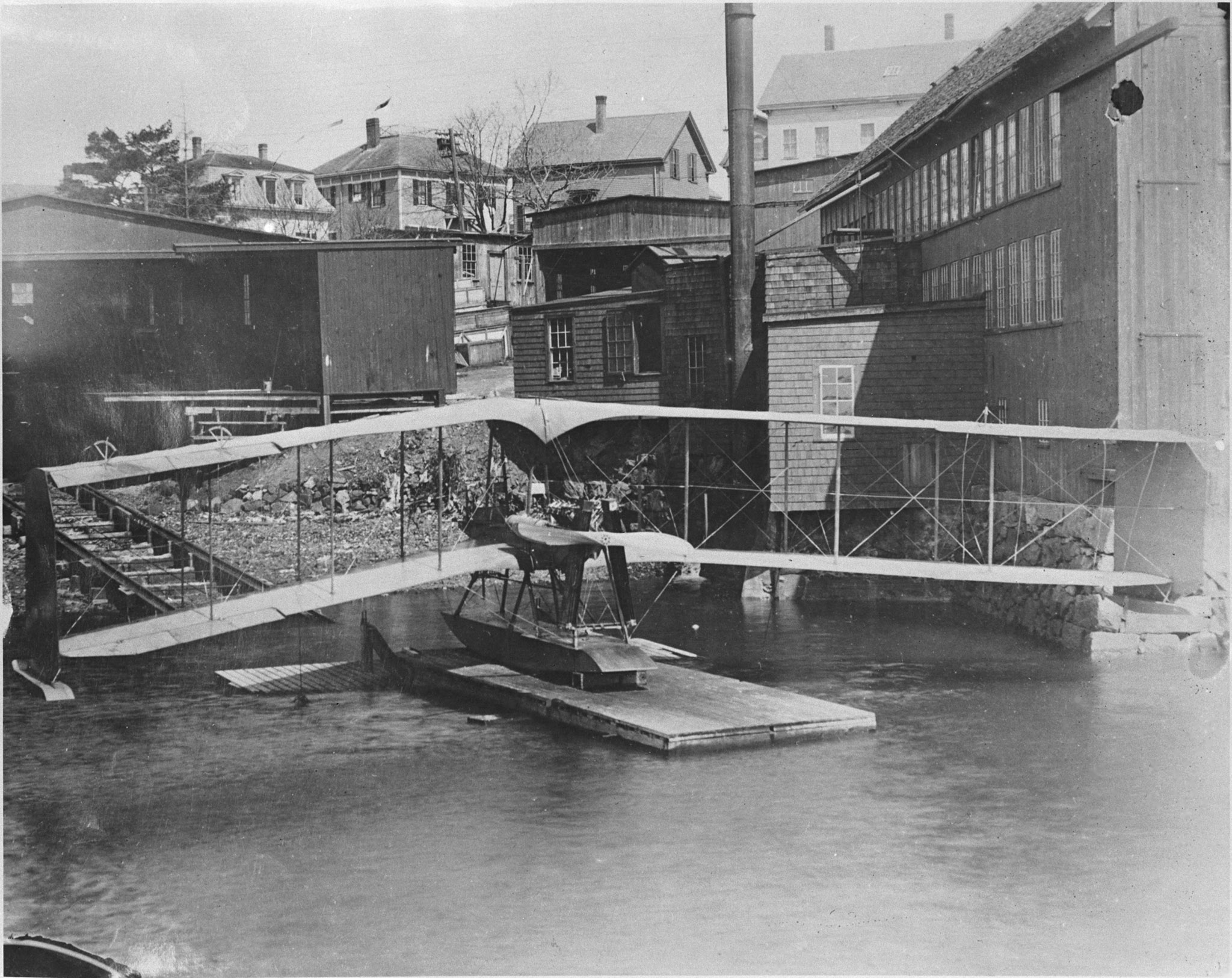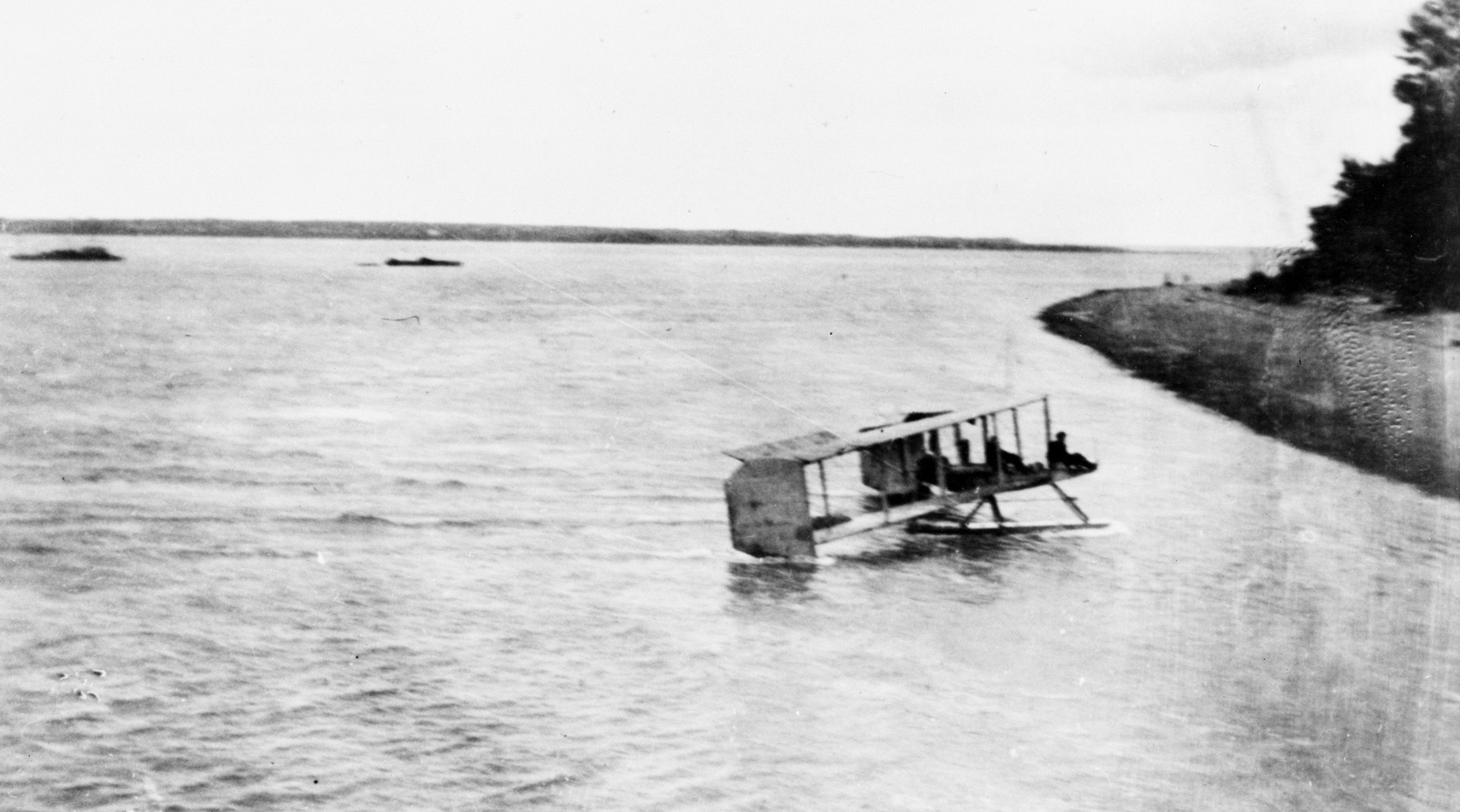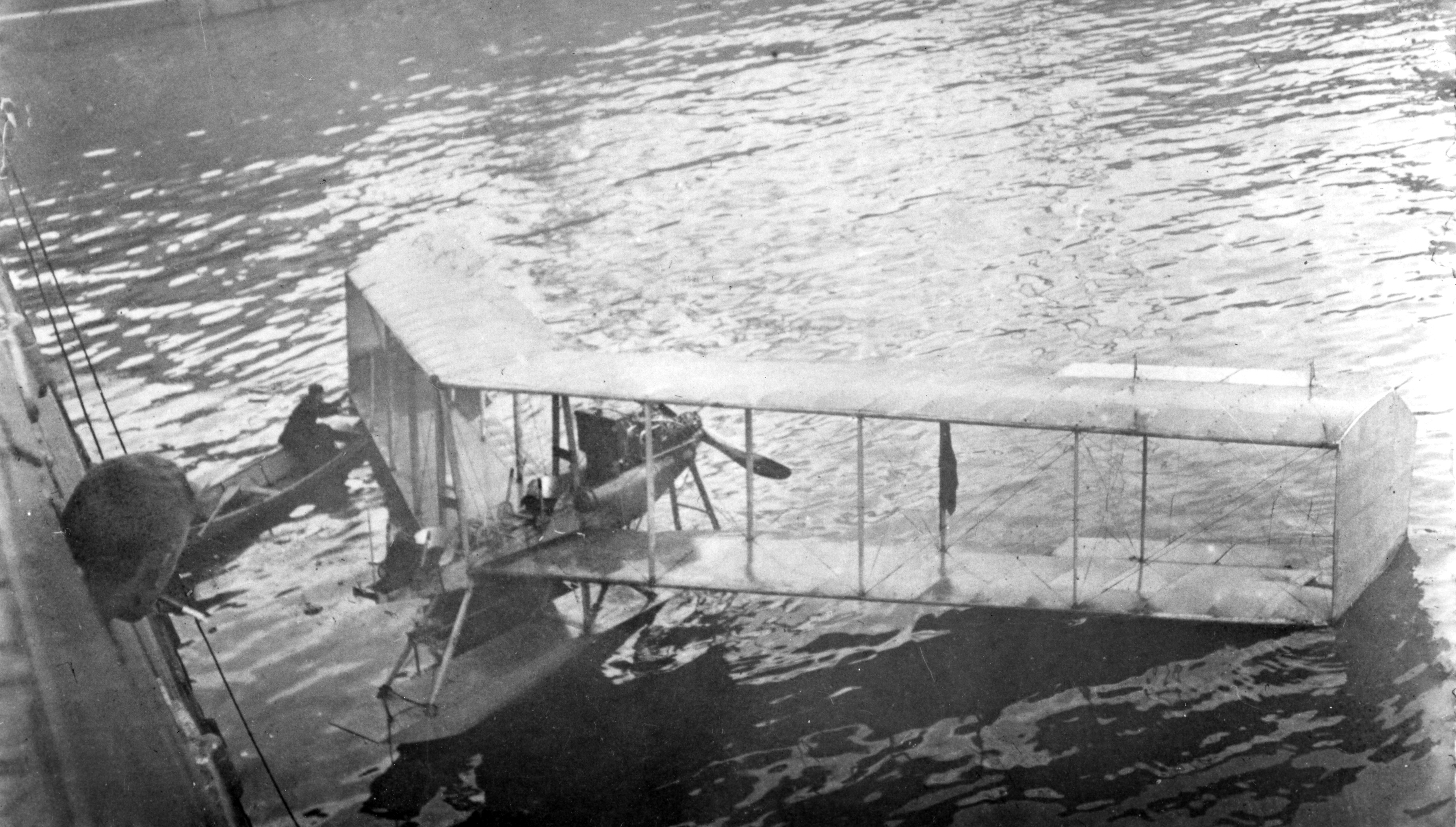Burgess-Dunne

Overview
Overview
Canada’s first air force consisted of just one aircraft, two pilots and one mechanic. The Canadian Aviation Corps came into being on September 16, 1914, under the auspices of the Minister of Militia and Defence, Colonel Sam Hughes. The entire Corps was made up of two officers—Captain Ernest Lloyd Janney and Lieutenant William Frederick Nelson Sharpe—and one non-commissioned member—Staff Sergeant Harry A. Farr, who served as the ground crew. Their aircraft was a reconditioned Burgess-Dunne, hastily purchased from the U.S. Navy. The Burgess-Dunne was a unique hydro-plane design with swept-back wings providing inherent stability. The aircraft had originally been designed by Lieutenant John William Dunne, an early British experimenter, and was manufactured under license in the United States by the Burgess Company, a boat-building firm that supplied several models to the U.S. Navy. The aircraft was purchased and flown to Quebec City, where Canada’s First Contingent was forming. The design of the aircraft limited its military usefulness but it was, in fact, disassembled and shipped overseas to England with the First Canadian Contingent. Once there, the aircraft was never flown and it rotted into a “heap of worthless junk” on Salisbury Plain where the Canadian contingent was in training. The Canadian Aviation Corps faded away in 1915, along with the aircraft.
| Model number | AH-7 |
|---|---|
| Role | Utility |
| Taken on strength | 1914 |
| Struck off strength | 1915 |
| Number | 1 |
| Service | Canadian Aviation Corps |
Source: Canadian Combat and Support Aircraft: A Military Compendium by T.F.J. Leversedge © 2007. Translated and reproduced with permission of the author.
Technical specifications
Technical specifications
| Manufacturer | Burgess Co. of Marblehead, Massachusetts, USA |
|---|---|
| Crew / passengers | Two pilots |
| Powerplant | One 100 hp Curtiss OX piston engine |
| Maximum speed | 55 mph (89 km/h) |
| Span | 46 ft 6 in (14.17 m) |
| Sweepback angle | 30 degrees |
| Armament | None |
| Cost | $5,000 |
Source: Canadian Combat and Support Aircraft: A Military Compendium by T.F.J. Leversedge © 2007. Translated and reproduced with permission of the author.


